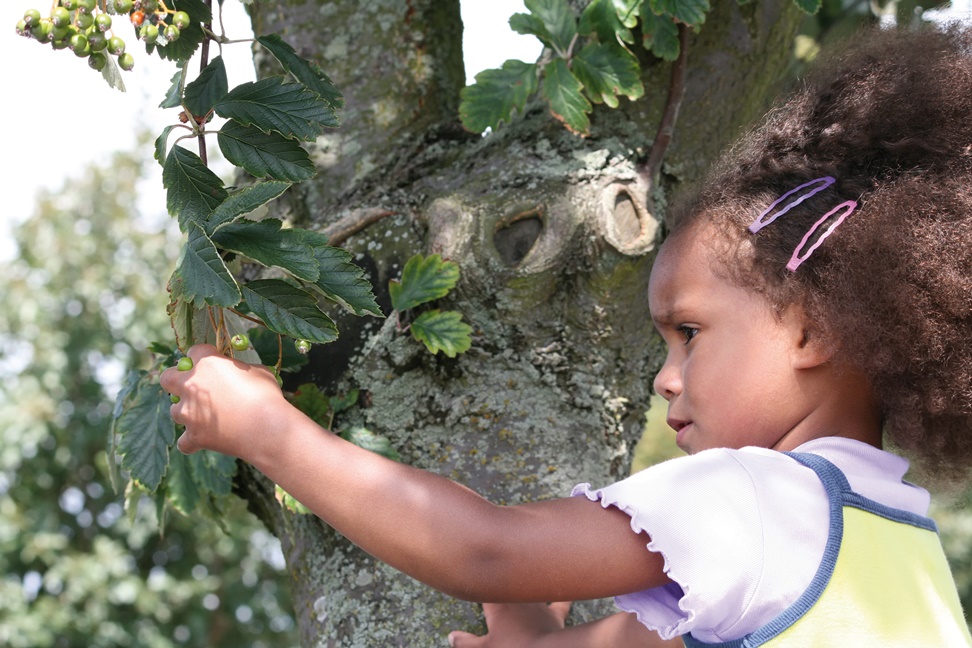Support for restoring the world’s deforested and degraded landscapes is growing rapidly.
A 2014 report by the New Climate Economy noted that restoring just 12 percent of degraded agricultural land in the world could feed an additional 200 million people by 2030, while providing environmental benefits. Thirty-one countries have made commitments through the Bonn Challenge, a global initiative to restore 150 million hectares of degraded land by 2020 and 350 million hectares by 2030. And new regional restoration initiatives have emerged in Africa and Latin America and the Caribbean.
So with all this political momentum, where’s the money?
Research shows that only 13-17 percent of the total annual funding needs for restoration and conservation are met—about $50 billion. That means there is a shortfall of $250-350 billion per year. Of the money available, most comes from government or philanthropic sources, with only $10 billion per year invested by the private sector.
Addressing this financing gap with both private and public funds is key to expanding restoration on a global scale. However, the private sector is usually interested in a return on investment, which has been difficult to enumerate since the costs of restoration are more easily measured than the benefits. Also, investment capital needs to align with the longer timeframe of restoration projects, and business models and policies must be conducive to large-scale restoration. .
This is where the New Restoration Economy (NRE) comes in.
With support from the Doris Duke Charitable Foundation and in partnership with The Nature Conservancy, World Resources Institute (WRI) aims to scale restoration to deliver environmental and financial returns.
Photo credit: Adobe Stock Photos
See full article by Sofia Faruqi.
See WRI’s New Restoration Economy.
See The Restoration Economy (the 2002 book that started it all).

